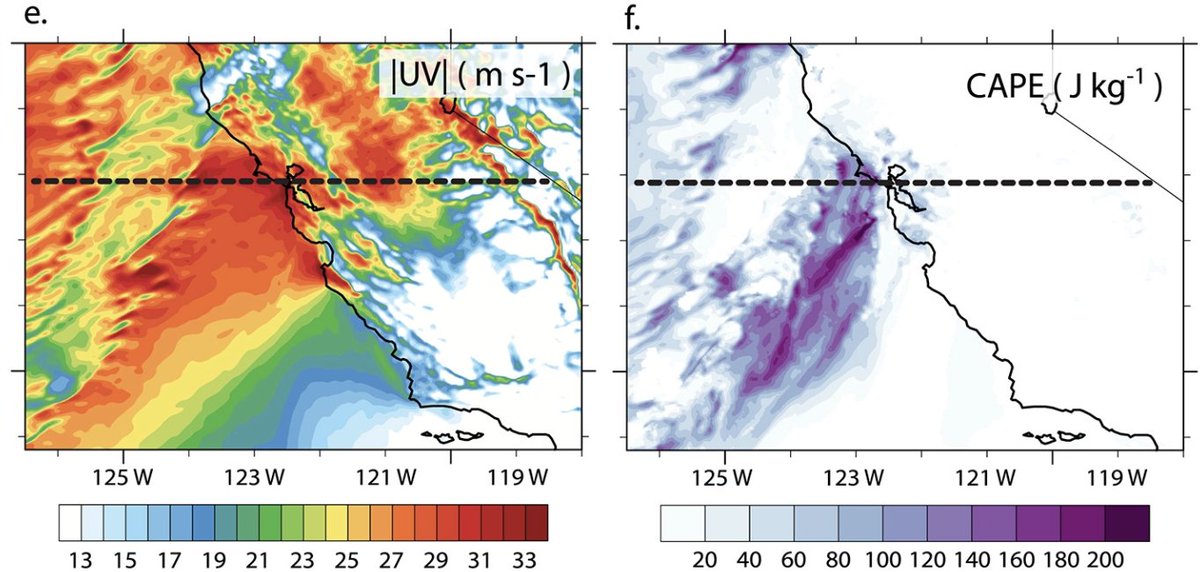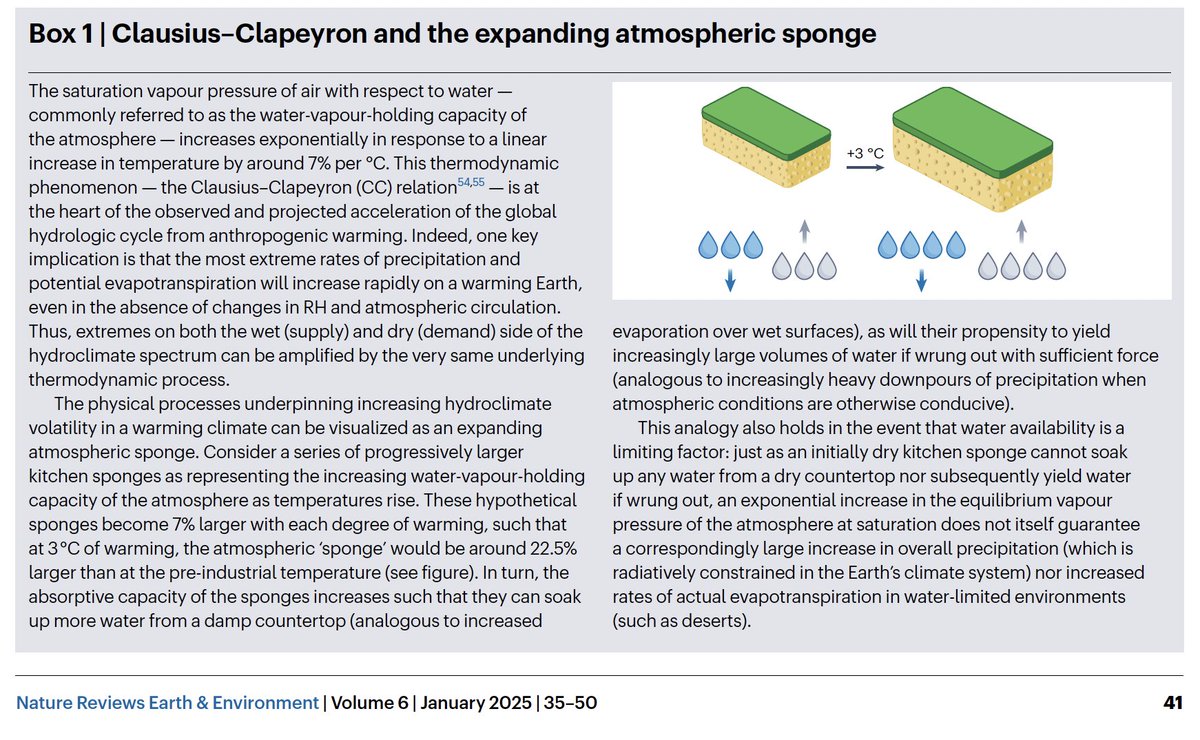New research led by Xingying Huang on simulating extreme U.S. Pacific Coast #AtmosphericRiver storms. We found that our high resolution weather model configuration yielded substantial improvements in extreme precip representation. (1/3) agupubs.onlinelibrary.wiley.com/doi/full/10.10… #CAwx #CAwater 

We selected extreme AR events between 1980-2017, evaluating model performance specifically for the *most* intense precipitation in *wettest* regions. This modeling framework forms basis for forthcoming work on #AtmosphericRivers in warming climate. (2/3) #CAwater #CAwx 

One selected storm was Dec. 12 1995 event in N. California, which brought a violent windstorm to portions of SF Bay Area (100+ mph gusts!). This was actually a formative weather event of my childhood--it's one of the reasons why I'm an atmospheric scientist today! (3/3) #CAwx 

@BayAreaBWER @SJSUmeteorology @ggweather An aside: there was surprisingly little information on this event online or in peer-reviewed literature, given its magnitude. I remember literally hiding under bed--at my parents' request--as windows shattered & trees snapped off at the base, amidst almost continuous lightning.
This satisfied a personal curiosity of mine: what the heck happened near San Rafael, CA on Dec 12, 1995? As far as I can tell, there must have been a locally-enhanced severe convective cell embedded in an already extreme cold front. Rare for CA, but that's what evidence suggests!
• • •
Missing some Tweet in this thread? You can try to
force a refresh







